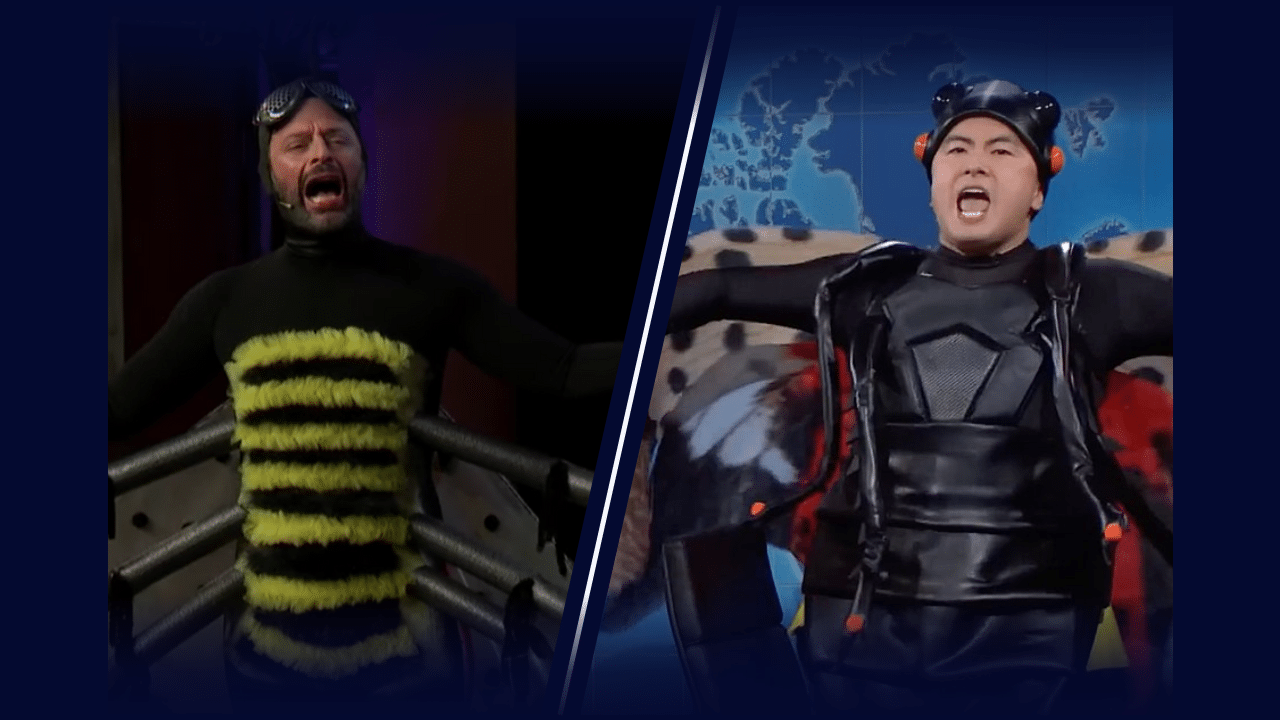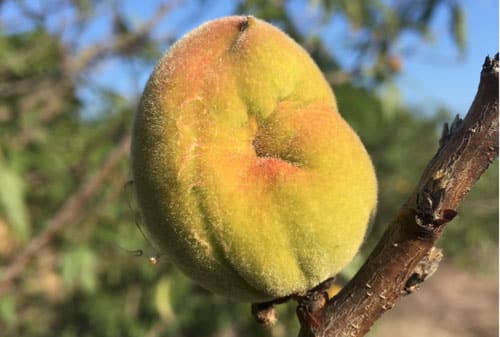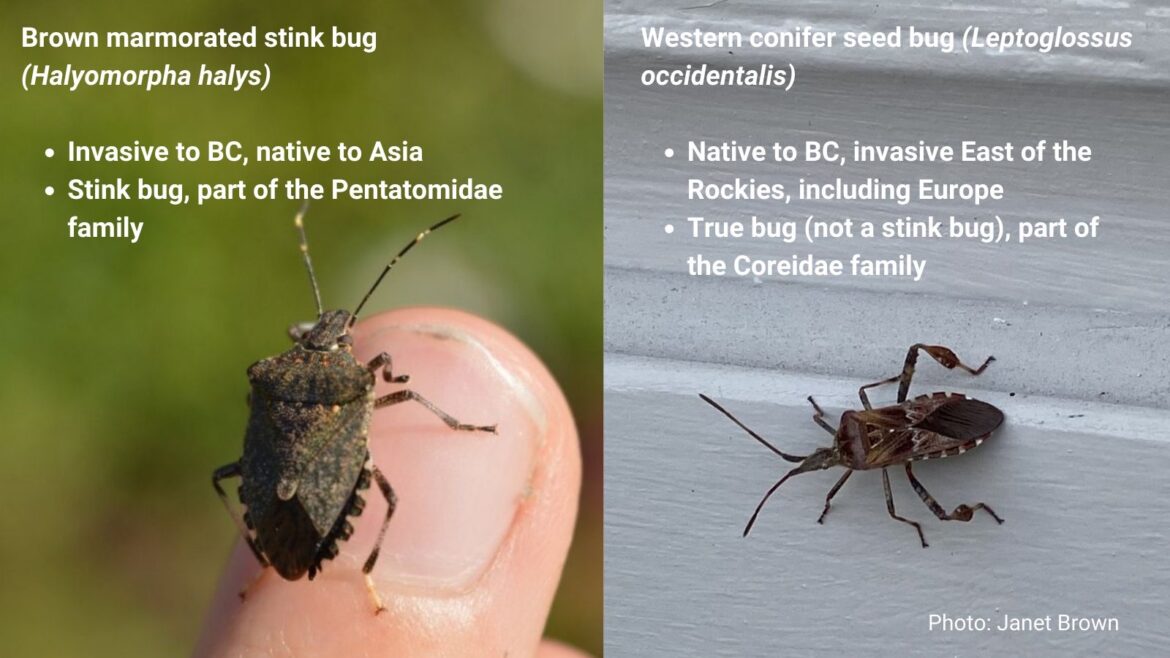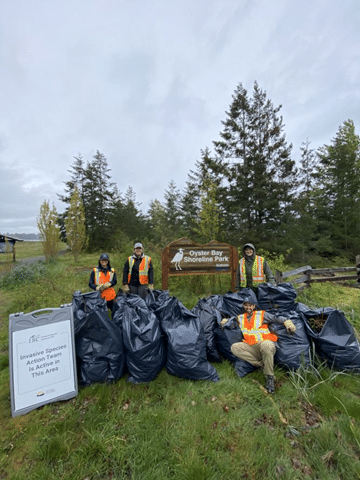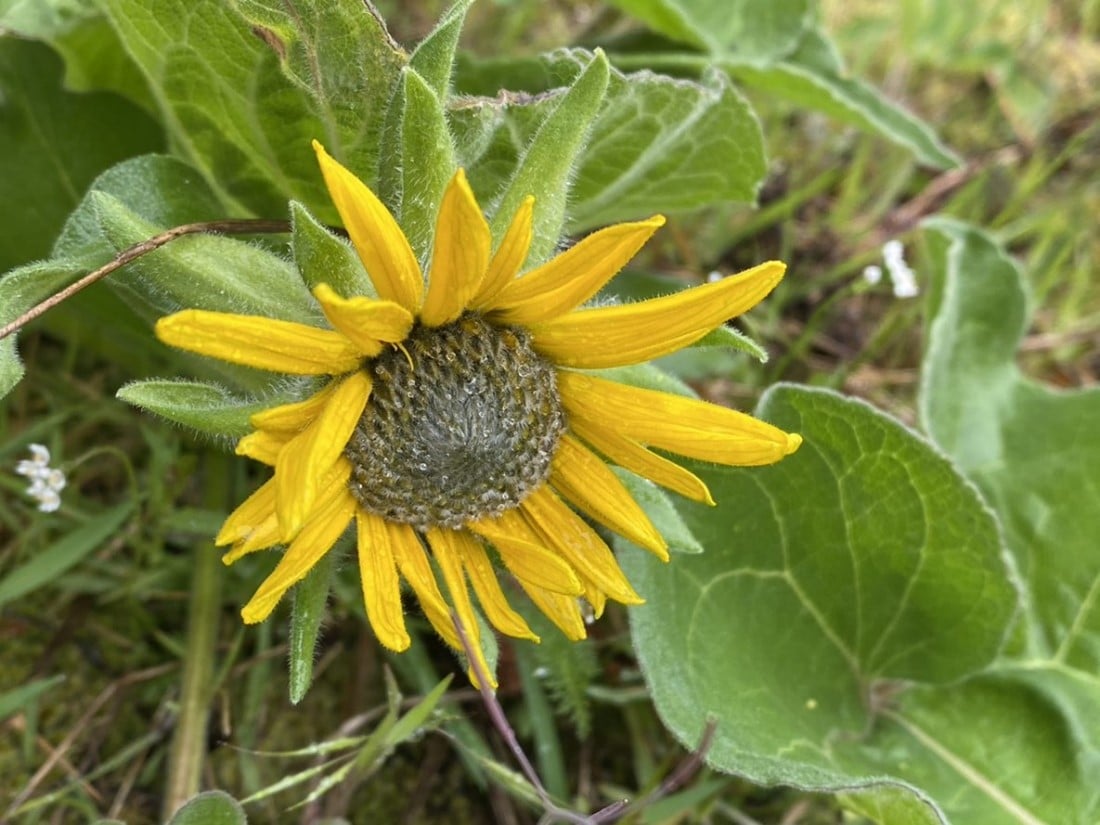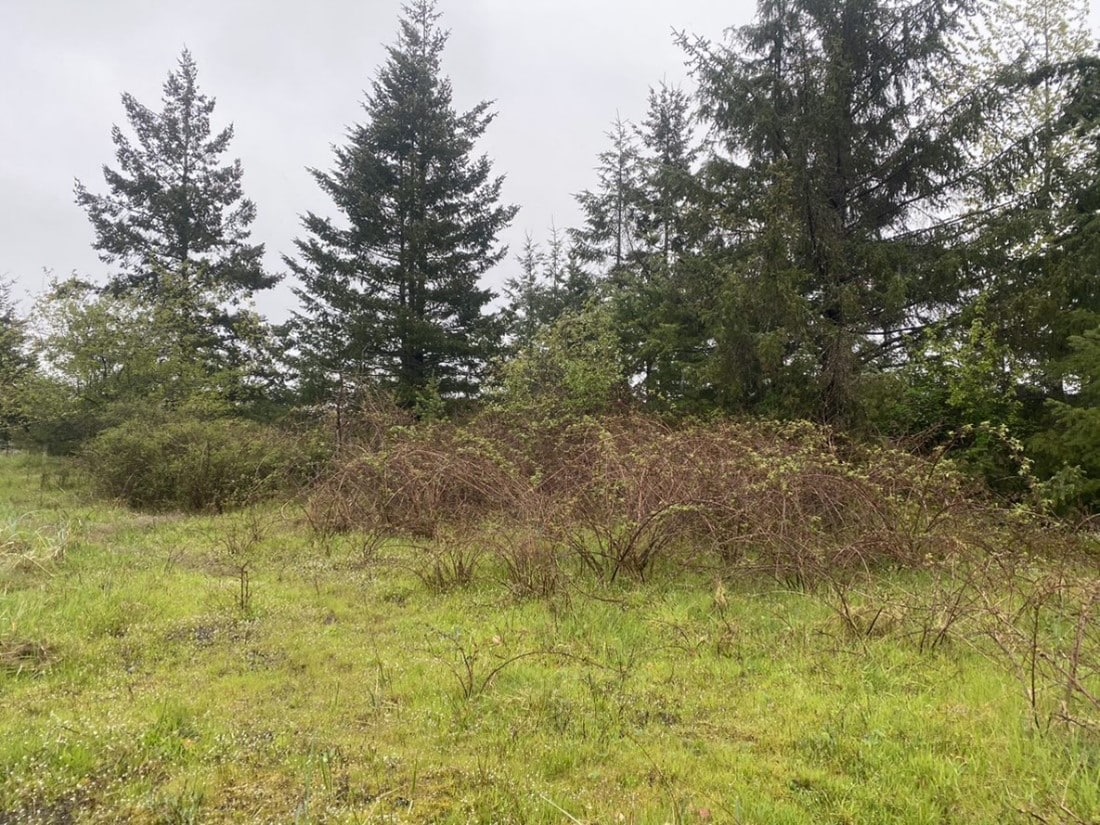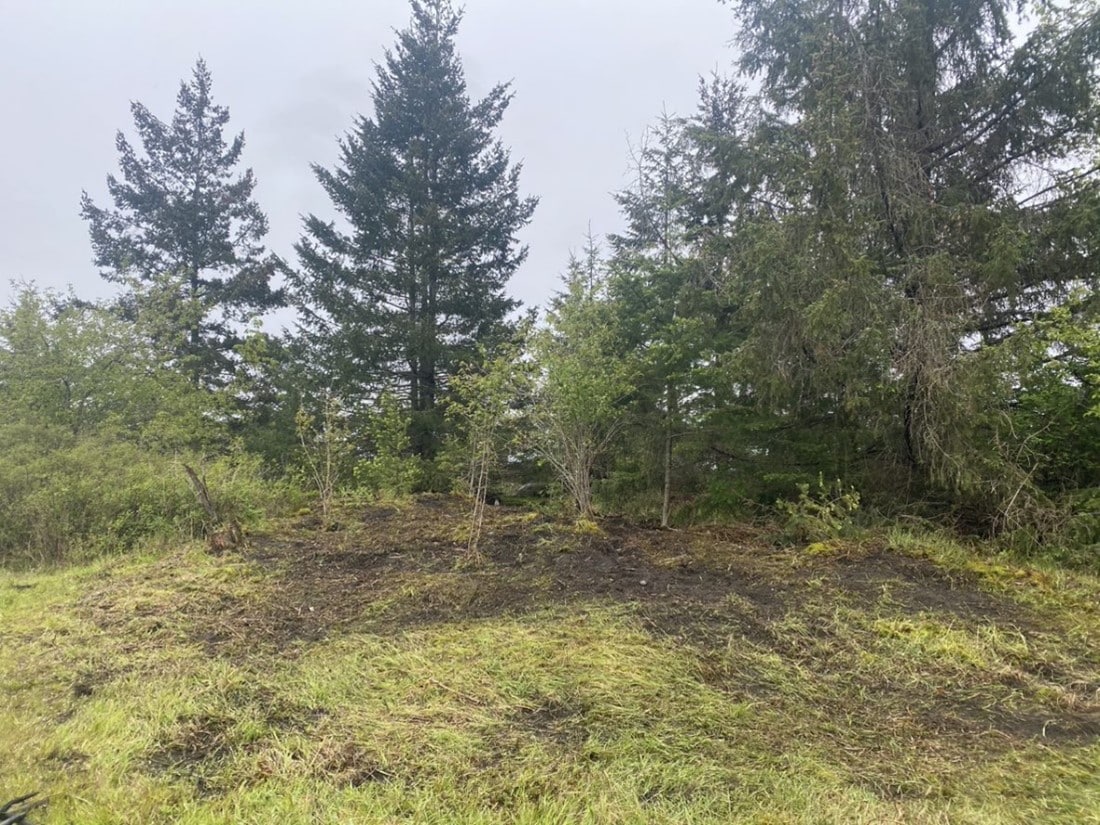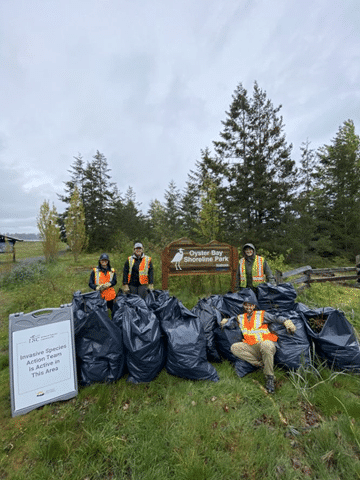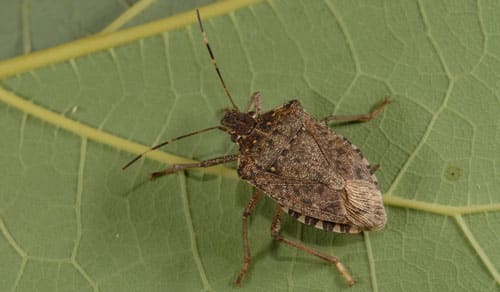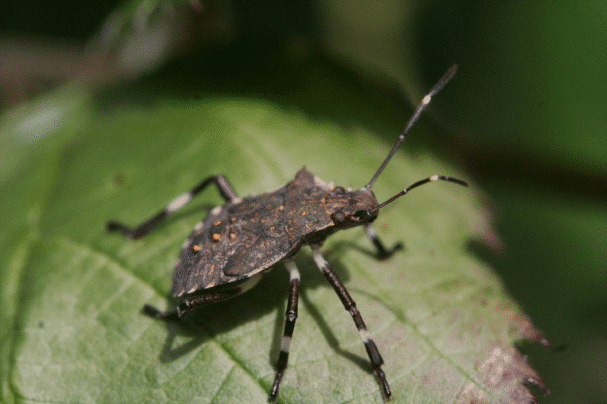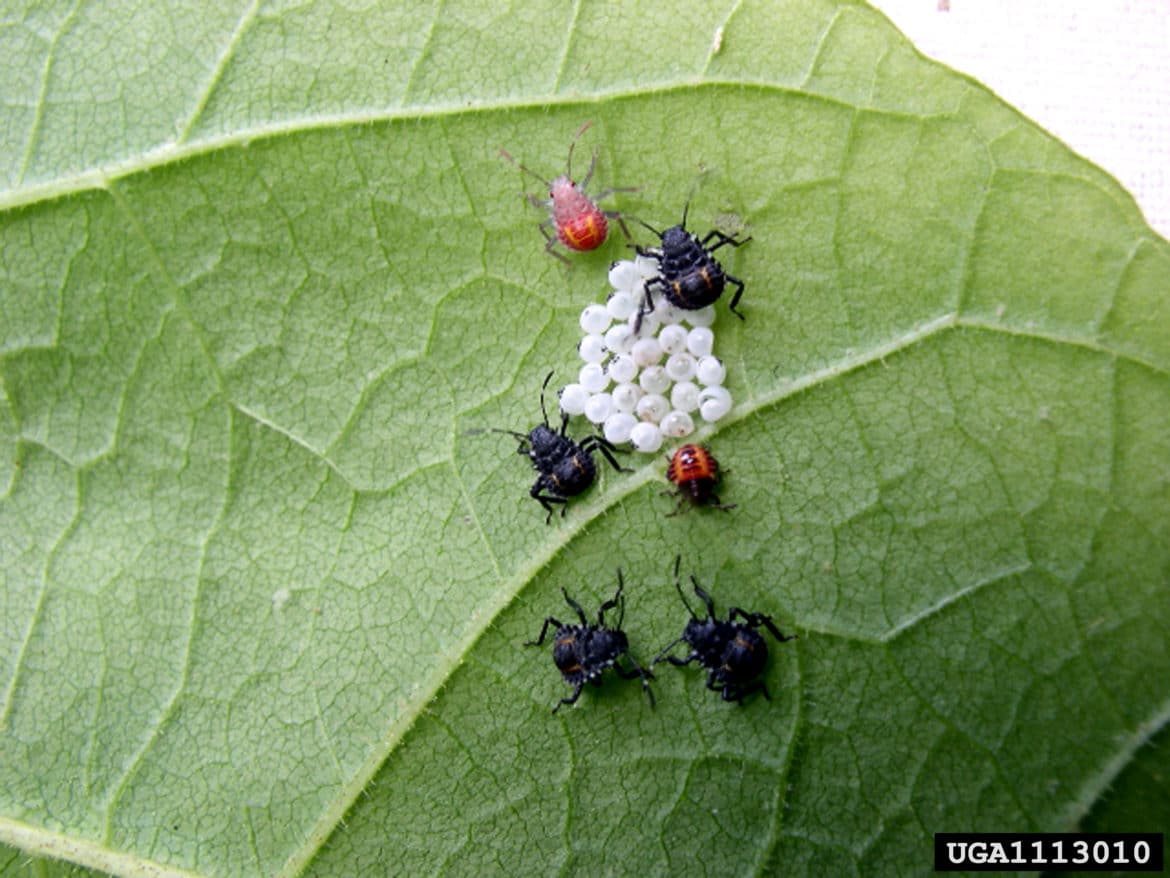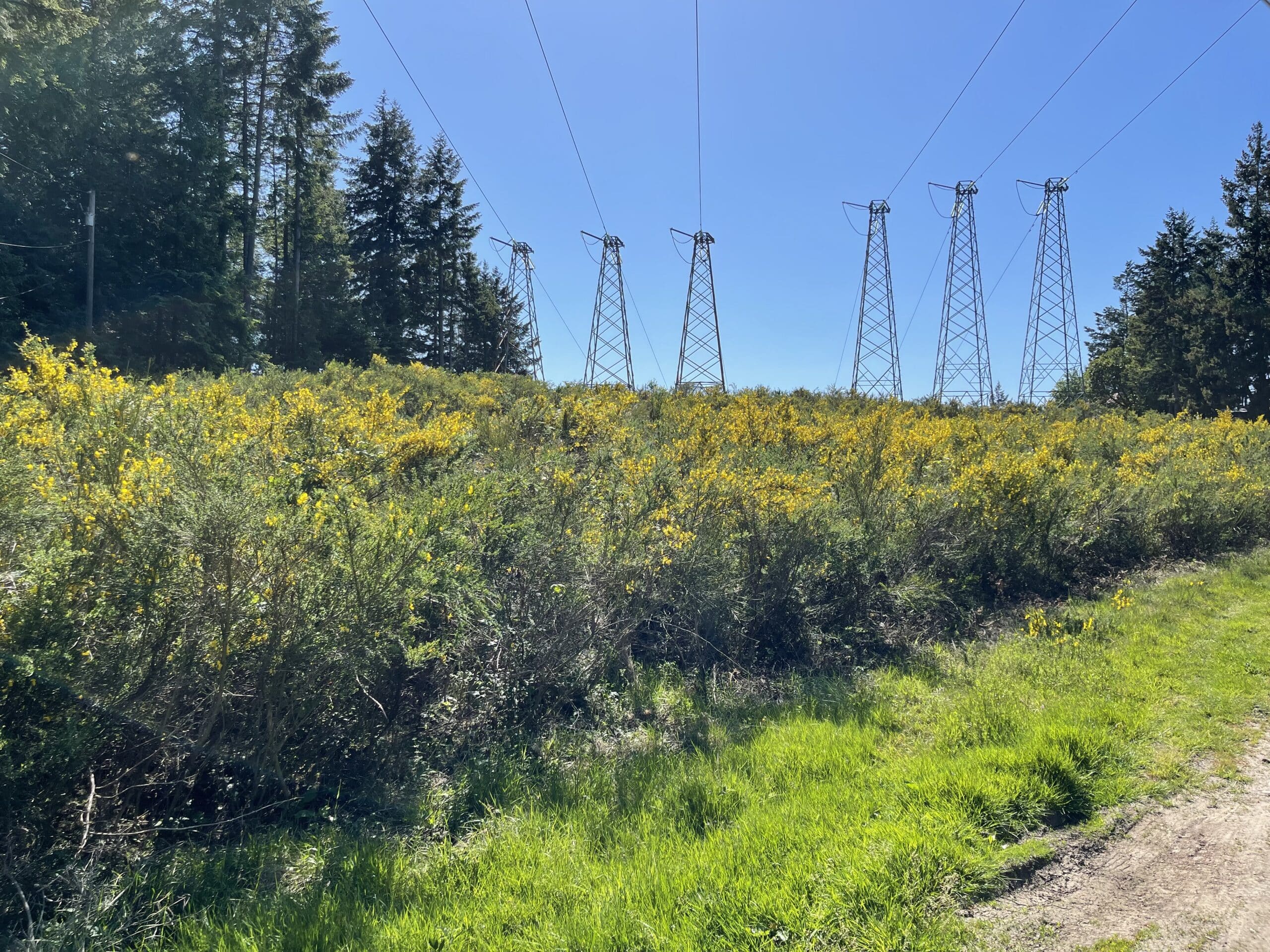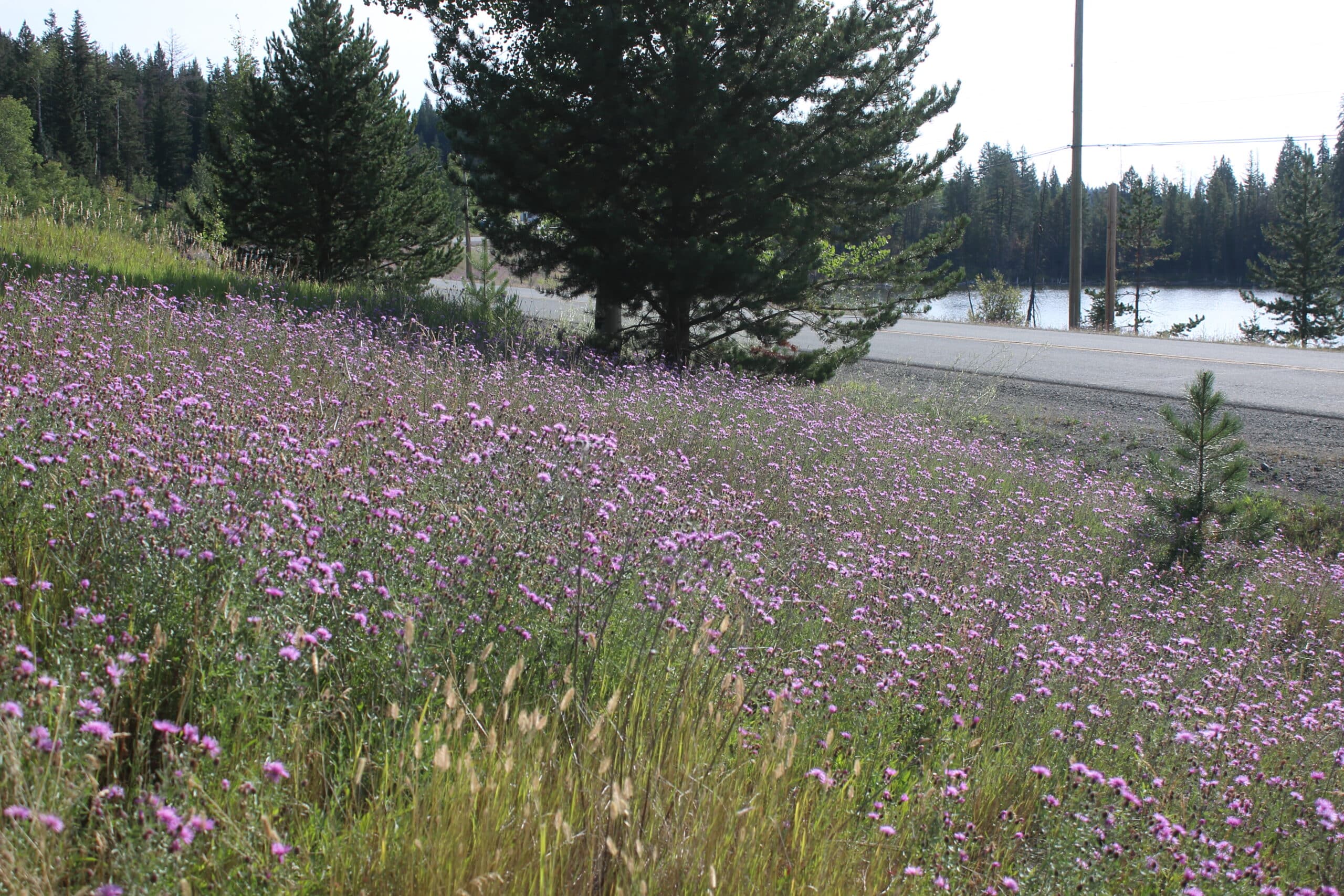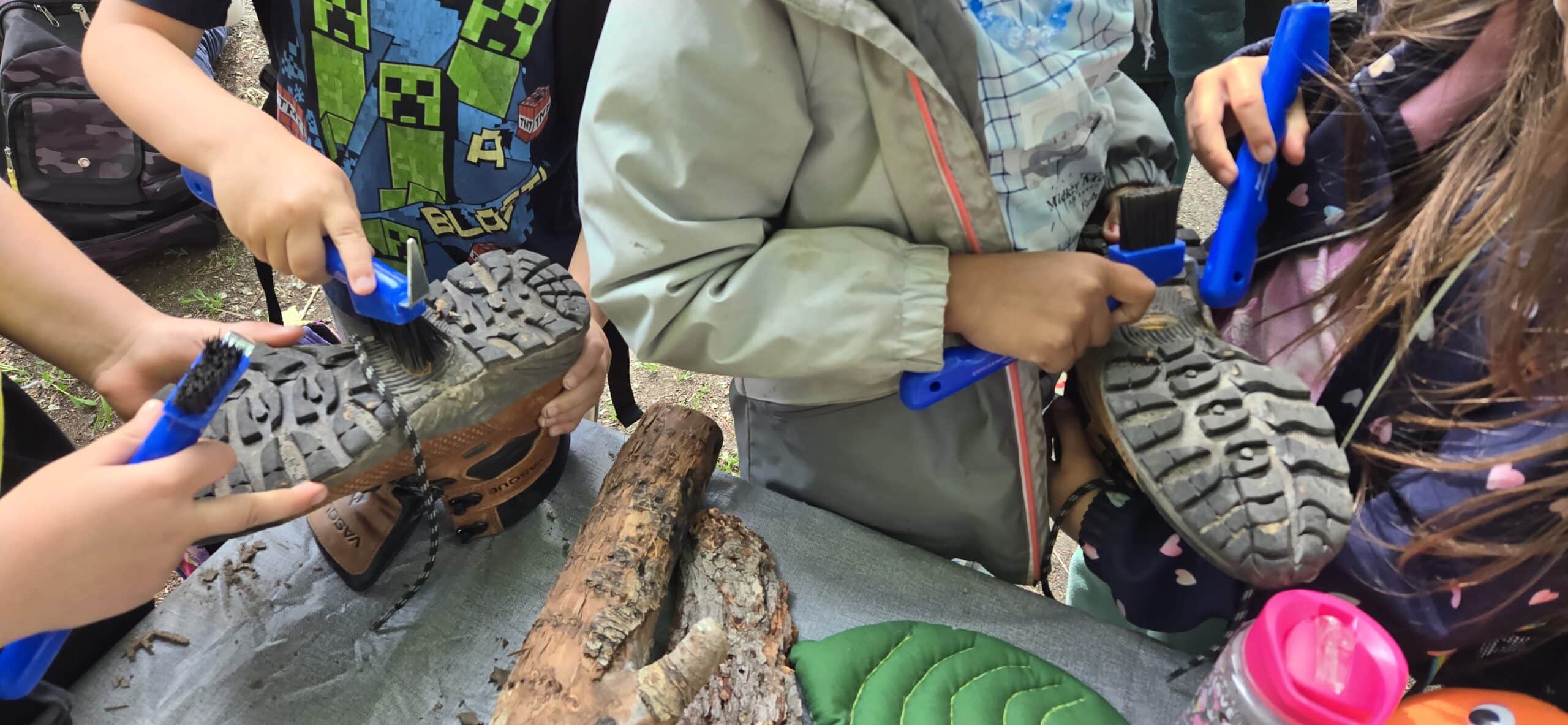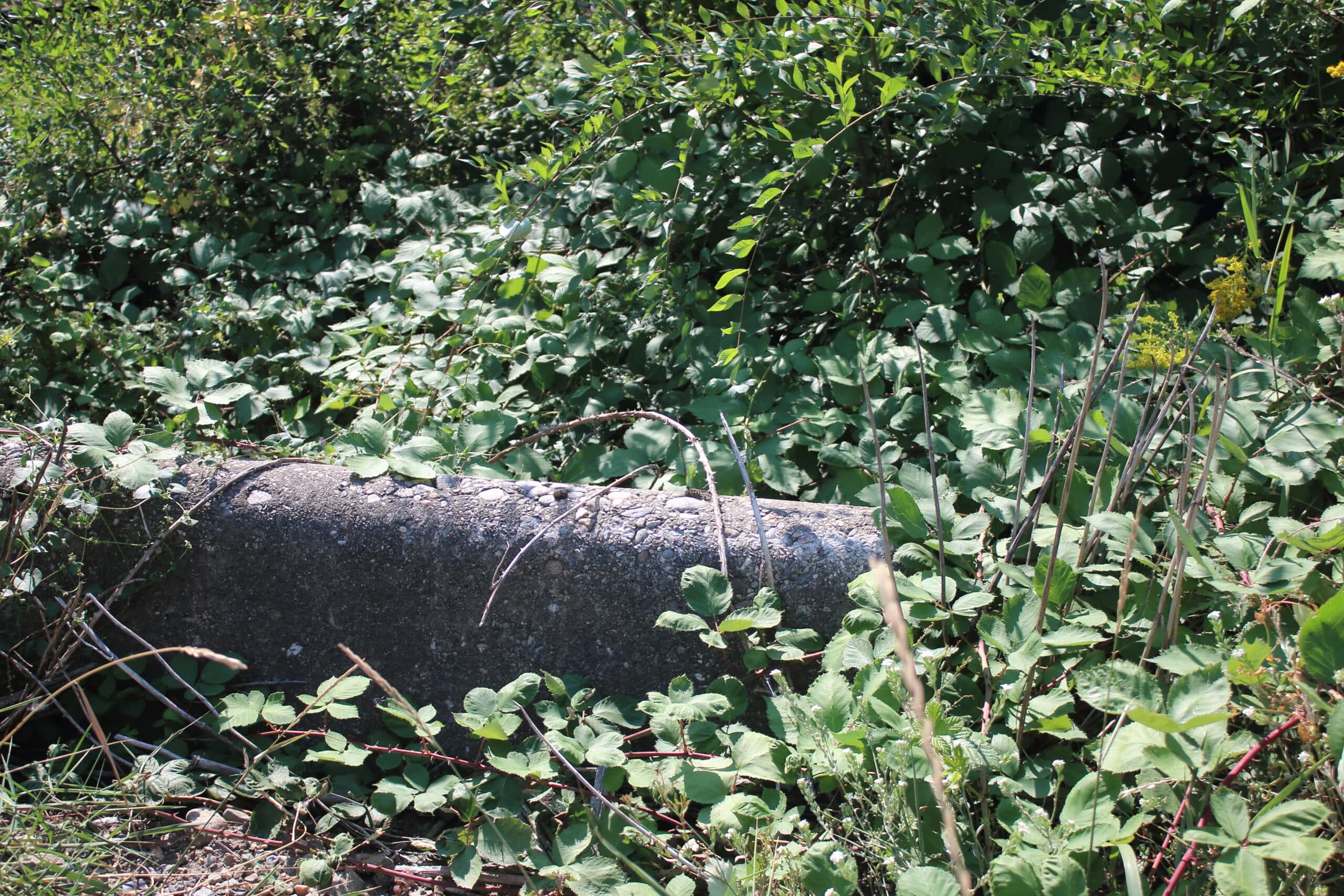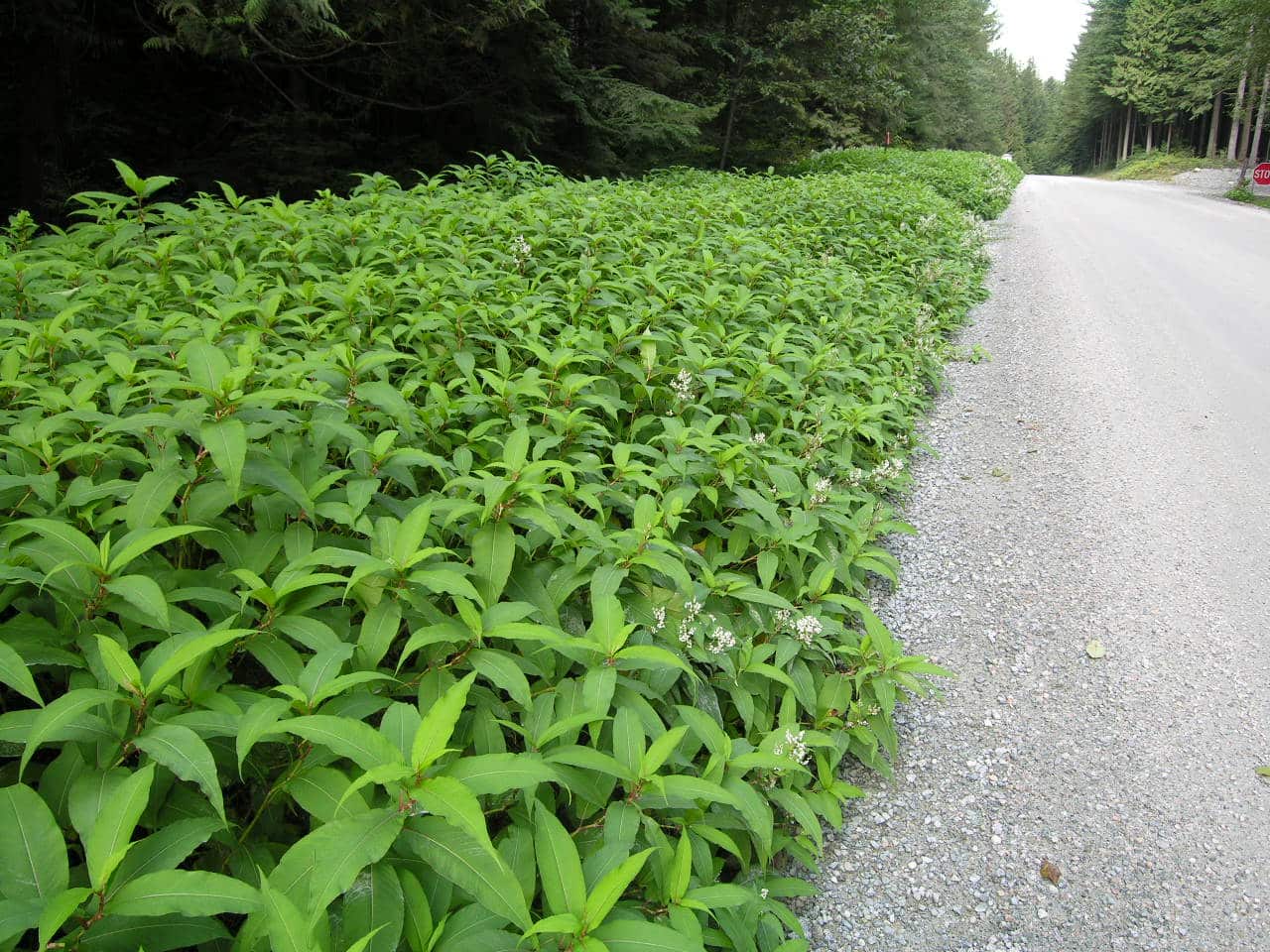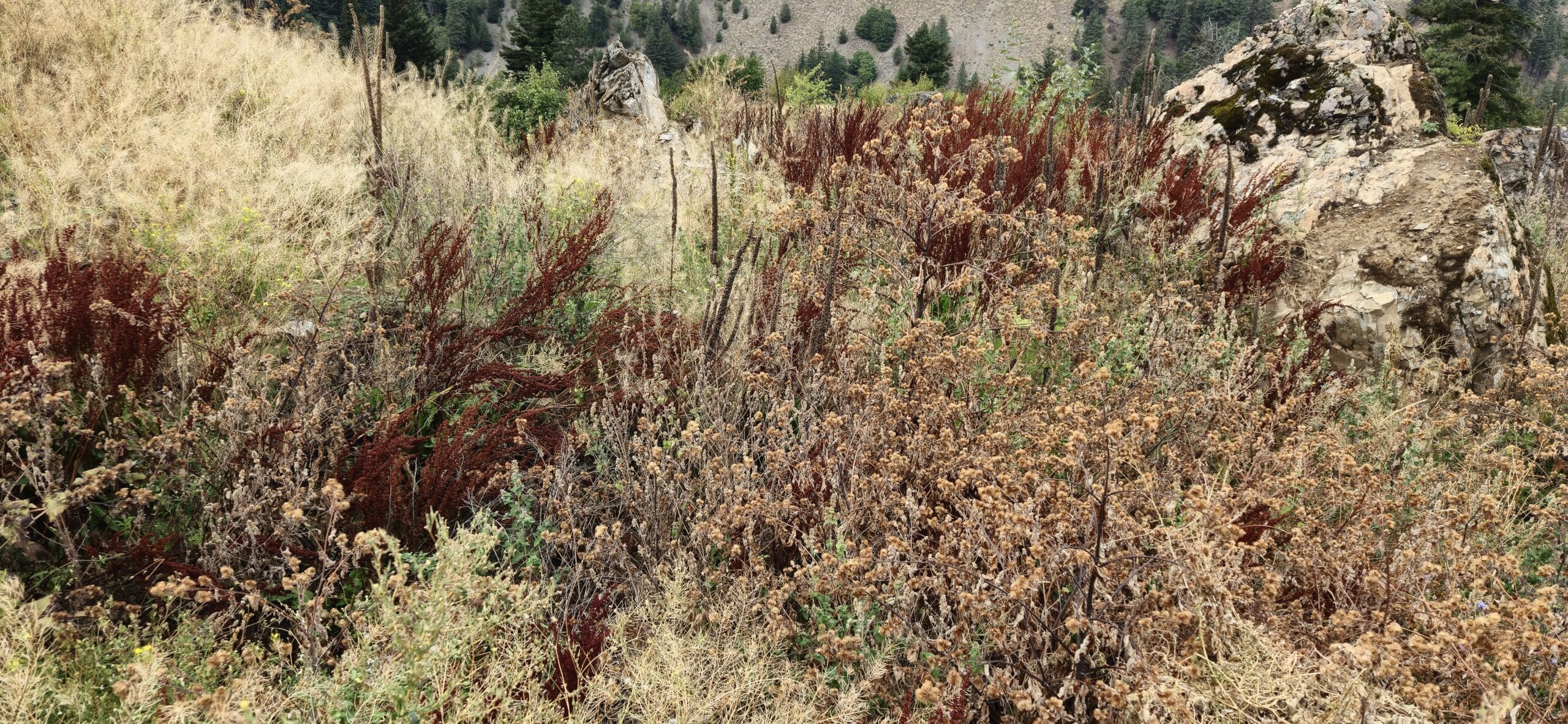By Craig Stephani | October 25th, 2022
We can probably thank Jimmy Kimmel and this SNL skit for invasive species costumes trending this Halloween.
The Spotted lanternfly (Lycorma delicatula) is a large, colourful insect native to China, Japan, India and Vietnam. Currently it is not present in BC, but it is established in 11 states including New York, New Jersey and Pennsylvania. These extremely harmful pests cause widespread damage by feeding on host plants’ sap using their straw-like mouthparts. They spend most of their lives on or travelling between host plants, such as grapes, apple trees, various stone fruits, and many other hardwood tree species. However, their preferred host is the Tree of heaven (Ailanthus altissima), another invasive species. Unlike the Spotted lanternfly, the Tree of heaven is found in BC!
In the province, the Tree of heaven has been spotted on southeastern Vancouver Island, as well as in the Fraser Valley and the Okanagan. This is creating growing concern among growers. If the lanternfly finds its way to BC, and the preferred host of the lanternfly is found in these important agricultural areas, the likelihood of this insect establishing itself here increases. This would lead to significant impacts to BC’s grape, fruit tree and forestry industries. Now that’s scary!
The spooky season is upon us though and you will start to see yards, windows and balconies fill up with pumpkins, skeletons, cobwebs and all sorts of creepy goblins and monsters. Sure, all that sounds scary, but the negative impacts invasive species can have on our environment, economy, and health is even more spine-tingling! If you’re looking for a way to warn people to be aware of invasive species this Halloween – look no further than these five costumes inspired by invasive species that are already lurking here!
Brown marmorated stink bug
Brown marmorated stink bugs (Halyomorpha halys), first spotted in BC in 2015, grabbed headlines this fall – our own organization set a new reporting record with over 1,000 emails reporting sightings! These agricultural pests feed on over 100 different plant species including apple trees and grapes and is considered extremely destructive. You don’t have to worry about their bite, but they do have a foul odour when crushed! They are known to hitchhike long distances on vehicles so make sure you are practicing the simple steps of PlayCleanGo before traveling around the province.
How can you recreate the look: Wear brown clothing, create a shield-like body out of cardboard with some white markings along the outer edge, make another pair of arms so you have six limbs total, give yourself two antennae and most importantly make two white bands on the upper part of your antennae – this is the beetle’s best defining characteristic!
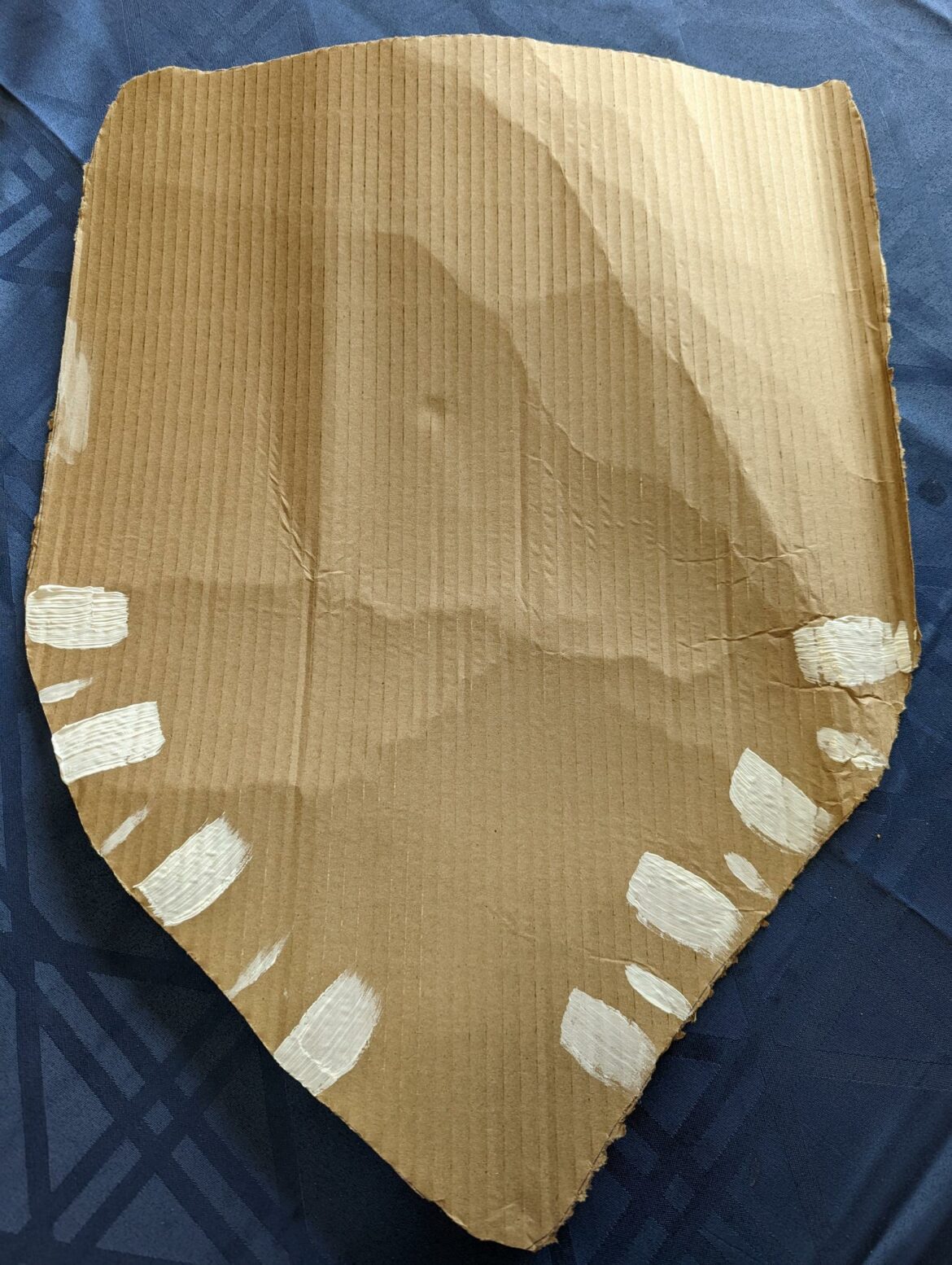
European green crab
European green crabs (Carcinus maenas) are a highly invasive species in many parts of the world, including along the BC coast, and it is likely these crabs will continue to spread. Generalist feeders known to outcompete native crabs for food and habitat, they are highly damaging to eelgrass beds – critical habitat for many species of marine invertebrates and fish.
How can you recreate the look: Wear dark greenish-brown clothing including mitts, create six fake arms so you have ten limbs total, design a headband that shows five spines per side along the side of the head and three spines in-between your eyes – this is a defining characteristic for European green crabs.
Goldfish
Did you know that Goldfish (Carassius auratus) are one of the most widespread invasive fish in North America?! New populations are regularly found in southern BC and are likely the result of released pets. Goldfish can reduce the clarity of the waters they inhabit, which reduces the amount of sunlight reaching underwater plants. This results in habitat loss for native aquatic species. So, if you ever have a pet you can no longer care for, Don’t Let It Loose and discover what you can do instead.
How can you recreate the look: Wear orange clothing including a hooded sweatshirt, attach cupcake liners, paper or felt circles as scales, attach eyes on side of hood, you can also add a tutu as a frilly fin. Despite their name, Goldfish come in a variety of colours, from olive to silvery-white to gold and orange. Feel free to play around with your colours!
Red-eared slider
Red-eared sliders (Trachemys scripta elegans) are popular pets in many parts of the world. Unfortunately, as the turtles grow to full size and become more difficult to care for, some pet owners release them into natural ecosystems. Once released, they compete with native turtles – including the endangered Western painted turtle (Chrysemys picta bellii) – for basking sites, food, habitat and can even pass on diseases!
How can you recreate the look: Wear green clothing, craft a turtle shell using items like cardboard or foil roasting pans, and use face paint to create red patches from the side of your eyes then down your face towards your neck. These red patches are the Red-eared slider’s most recognizable feature.
Giant hogweed
Giant hogweed (Heracleum mantegazzianum) is an invasive plant listed as noxious throughout the province of BC. Not only does this large invasive plant have prolific seed production and vigorous growth, it also poses a health hazard to BC citizens. The leaves and stems of Giant hogweed contain a clear, watery, highly toxic sap that can cause hypersensitivity to sunlight – resulting in burns, blisters, and scarring if you touch it.
How can you recreate the look: Wear green clothing, create and attach large, coarsely toothed, deeply incised leaves from fabric or paper. If you would like to be flowering, make multiple umbrella-shaped clusters of white to light pink flowers by attaching pipe cleaners to a hat in that pattern. Are you a punny person? Wear a pig nose to really get the HOG-weed look down!
Spread invasive species awareness this Halloween by showing off your invasive species-inspired costume! Take inspiration from the ideas shared here or creatively highlight the invasive species you are most passionate about. There is no shortage of imaginative costume ideas to design. Check out how Projects & Grants Coordinator Lauren Bosch has turned her pets into Japanese beetles!
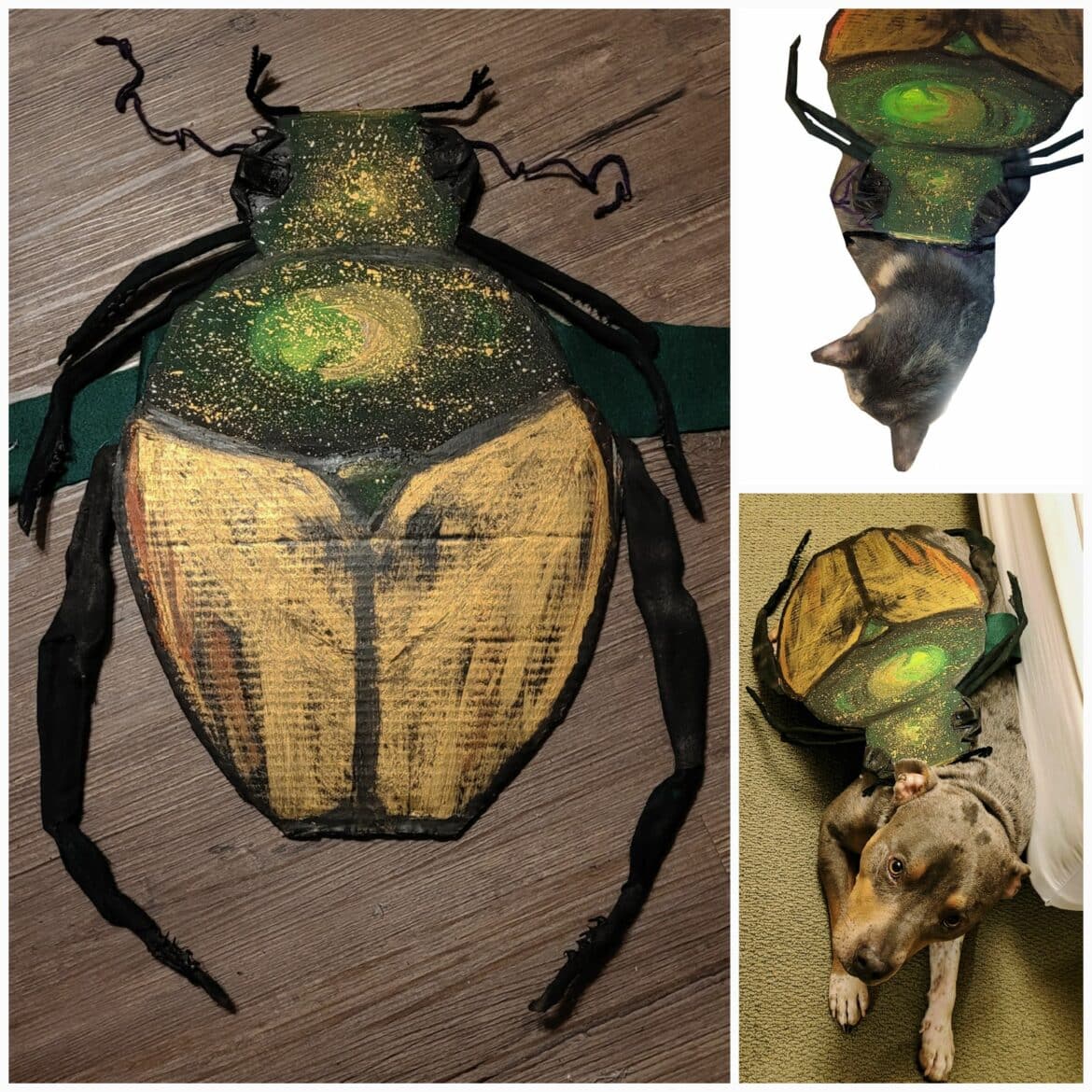
Don’t forget to tag us if you dress up as an invasive species for Halloween! Use #bcinvasives or find us on Instagram, Facebook, and Twitter at @iscbc!
And remember every one of us can play our part to stop the spread of invasive species by following simple steps to protect BC’s biodiversity and economy – familiarize yourself on the steps here.
Craig is an Outreach Lead at ISCBC. He is passionate about sharing his excitement for nature with others. In his spare time, he enjoys hiking, camping and exploring wild areas near and far. You can reach Craig at cstephani@bcinvasives.ca
Share


